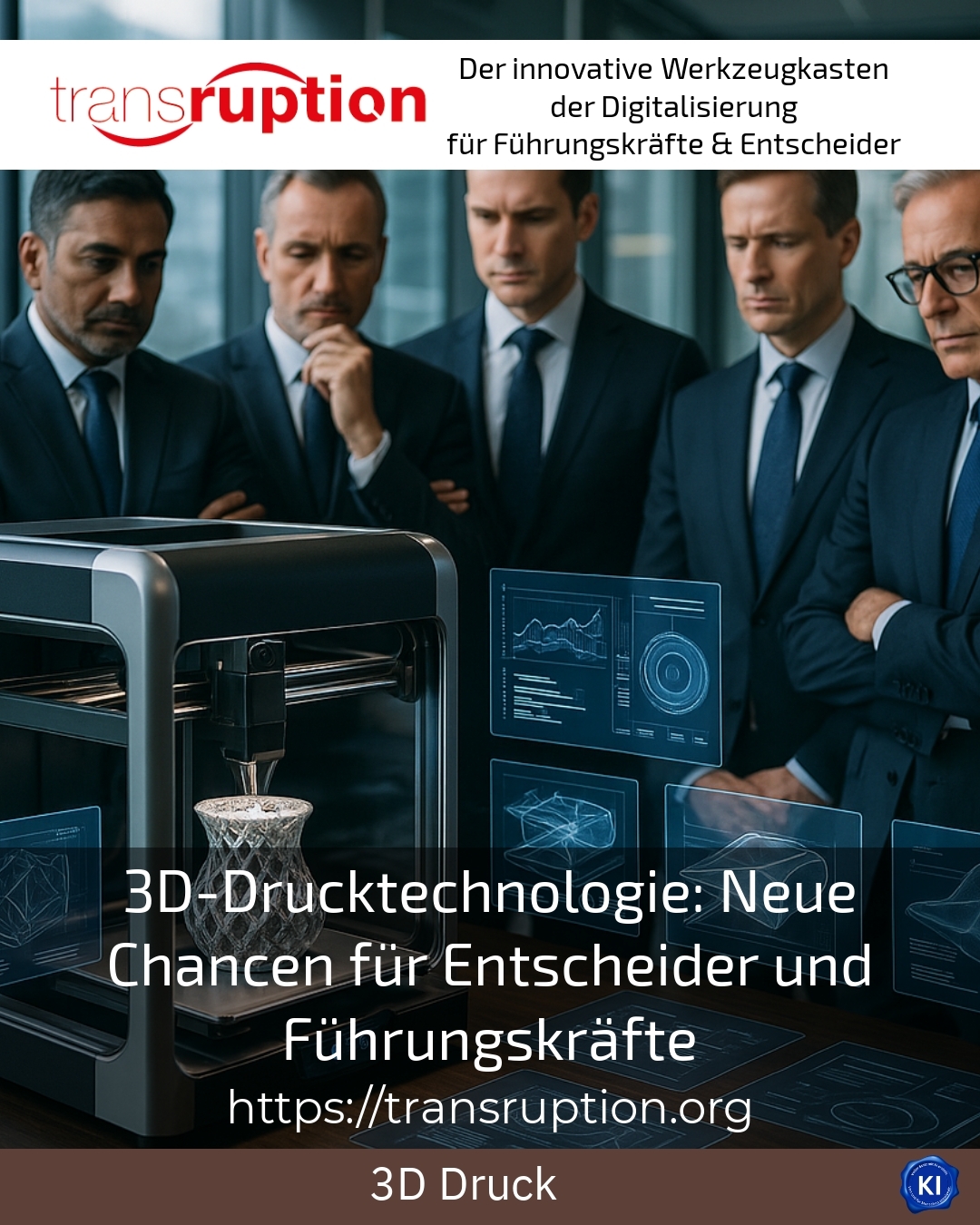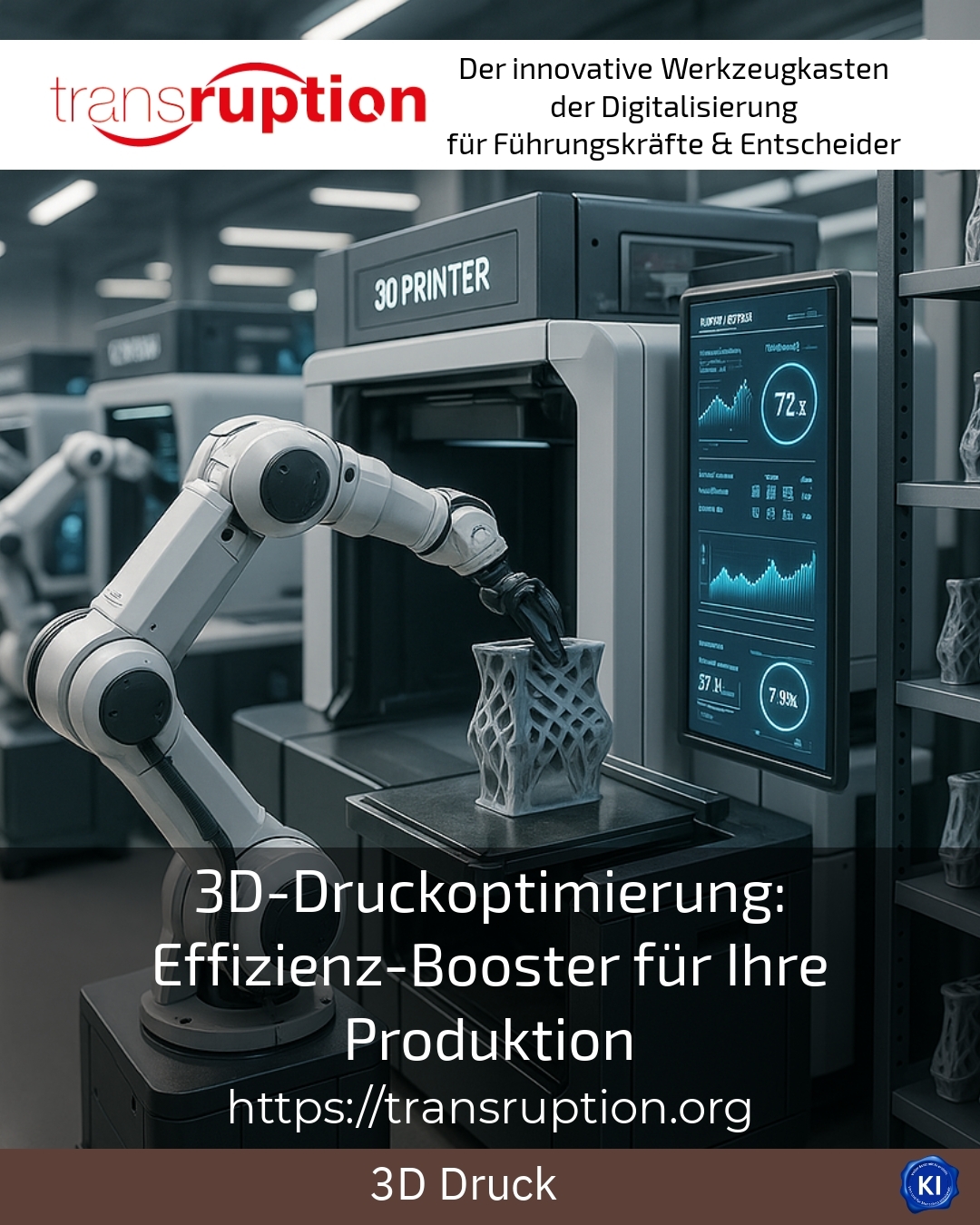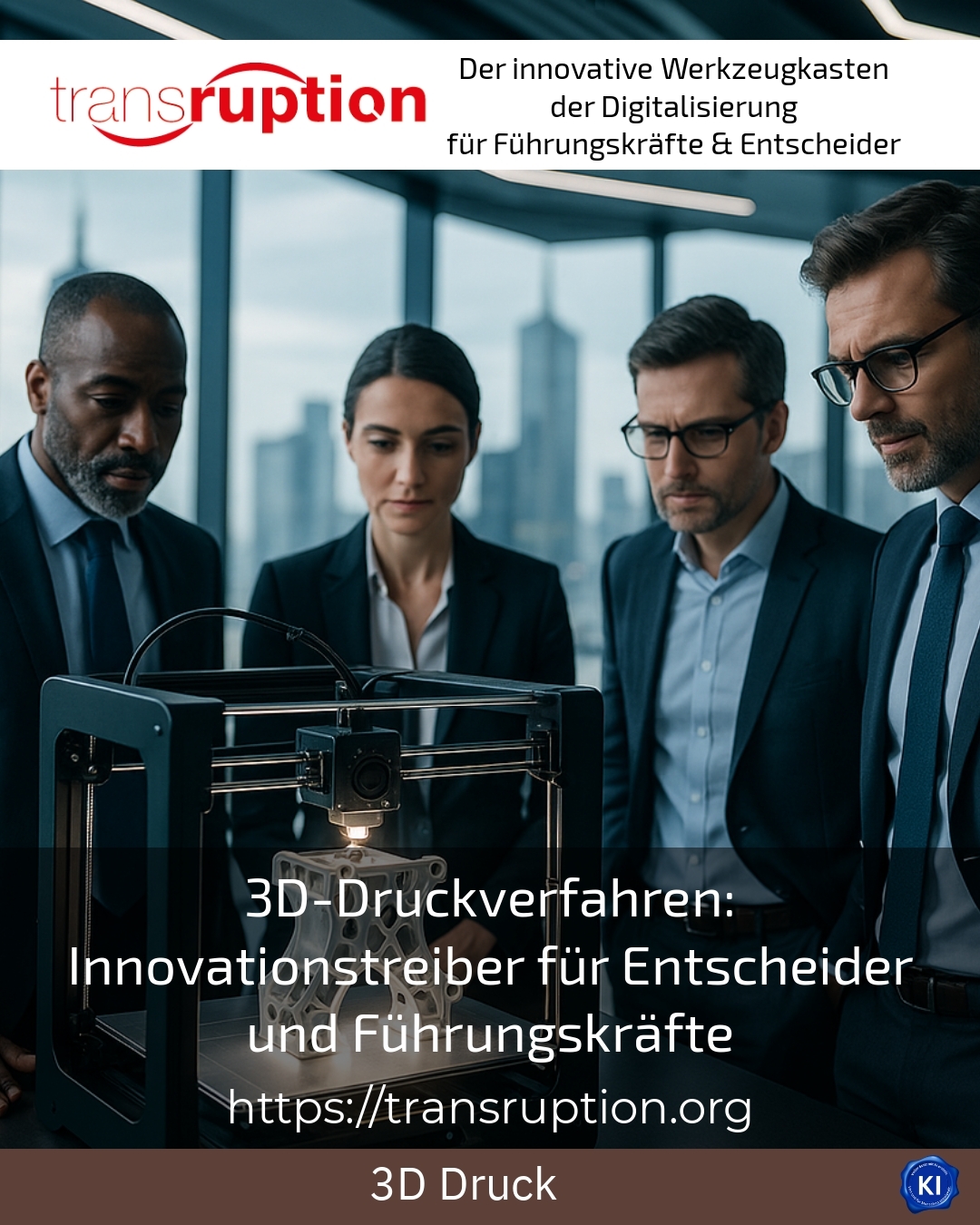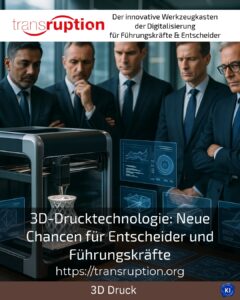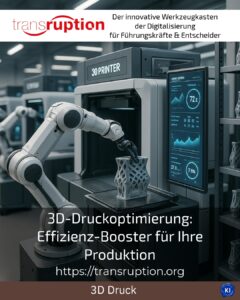The disruptive potential of 3D printing processes has developed considerably in recent years and is now a key driver of innovation in various industries. This technology makes it possible to realise complex geometries that are not possible with traditional methods and therefore offers significant advantages in terms of efficiency and cost savings in production. The use of 3D printing processes ranges from prototype development to serial production and is gaining ground in the automotive, aerospace and medical technology industries.
Areas of application and advantages
3D printing processes offer a wide range of possible applications that strengthen the innovative power of various industries. One key area of application is prototyping, which is significantly accelerated by the speed and flexibility of 3D technologies. Companies can quickly convert digital models into physical prototypes, which considerably simplifies and shortens product-specific development [2][6].
Another advantage of 3D printing processes is the ability to produce highly complex parts with intricate geometries without the need for specialised tooling. This is particularly useful in industries such as aerospace, where the production of lightweight but high-strength components is critical [4][8].
Rapid prototyping and rapid tooling
Rapid prototyping makes it possible to carry out design revisions quickly and go through several iterations in a short space of time. This gives companies the opportunity to quickly adapt to changing market requirements and thus improve competitiveness [6]. Rapid tooling, meanwhile, supports the rapid manufacture of production aids and tools, which can significantly reduce production times [2][10].
3D printing process at a glance
There are several 3D printing processes that offer different advantages and disadvantages depending on the application. The most common include fused deposition modelling (FDM), stereolithography (SLA), selective laser sintering (SLS) and material jetting. Each process is suitable for specific materials and requirements, allowing for a flexible choice [3][5].
FDM is a widely used technology known for its simplicity and the wide availability of low-cost materials. SLA and DLP, on the other hand, offer precise surfaces and are ideal for the production of models and prototypes with high demands on surface quality [5][9].
Materials and applications
3D printing processes enable the use of different materials, from plastics and metals to biodegradable materials. This variety of materials extends the fields of application to areas such as medicine, the food industry and architecture [11][14].
In medicine, 3D-printed prostheses and implants are increasingly being used to provide customised solutions for patients. In architecture, too, 3D printing processes enable the creation of detailed models that can help in the development of buildings and cities [4][15].
BEST PRACTICE at the customer (name hidden due to NDA contract)A company in the aviation industry used 3D printing to produce complex parts for aeroplanes that could not be produced using traditional methods due to their geometry and stress. This led to a significant reduction in production time and costs.
Conclusion
3D printing processes are not only an innovative tool for prototype development and series production, but also a decisive factor for increasing efficiency and cost savings in many industries. Thanks to the flexibility and diversity of the processes on offer, companies can react quickly to changing market requirements and thus maintain their competitive edge in the long term.
My analysis
The increasing importance of 3D printing processes in industry clearly shows that this technology is not just a niche product, but is developing into a central component of modern production. The combination of innovation, flexibility and efficiency offers a wide range of opportunities to strengthen companies in their innovative power.
Further links from the text above:
The following links provide further information on various aspects of 3D printing processes:
– 3D printing on Wikipedia
– 3D printing in the industry - Söhner Shop
– Types of 3D printers
For more information and if you have any questions, please contact Contact us or read more blog posts on the topic TRANSRUPTION here.


